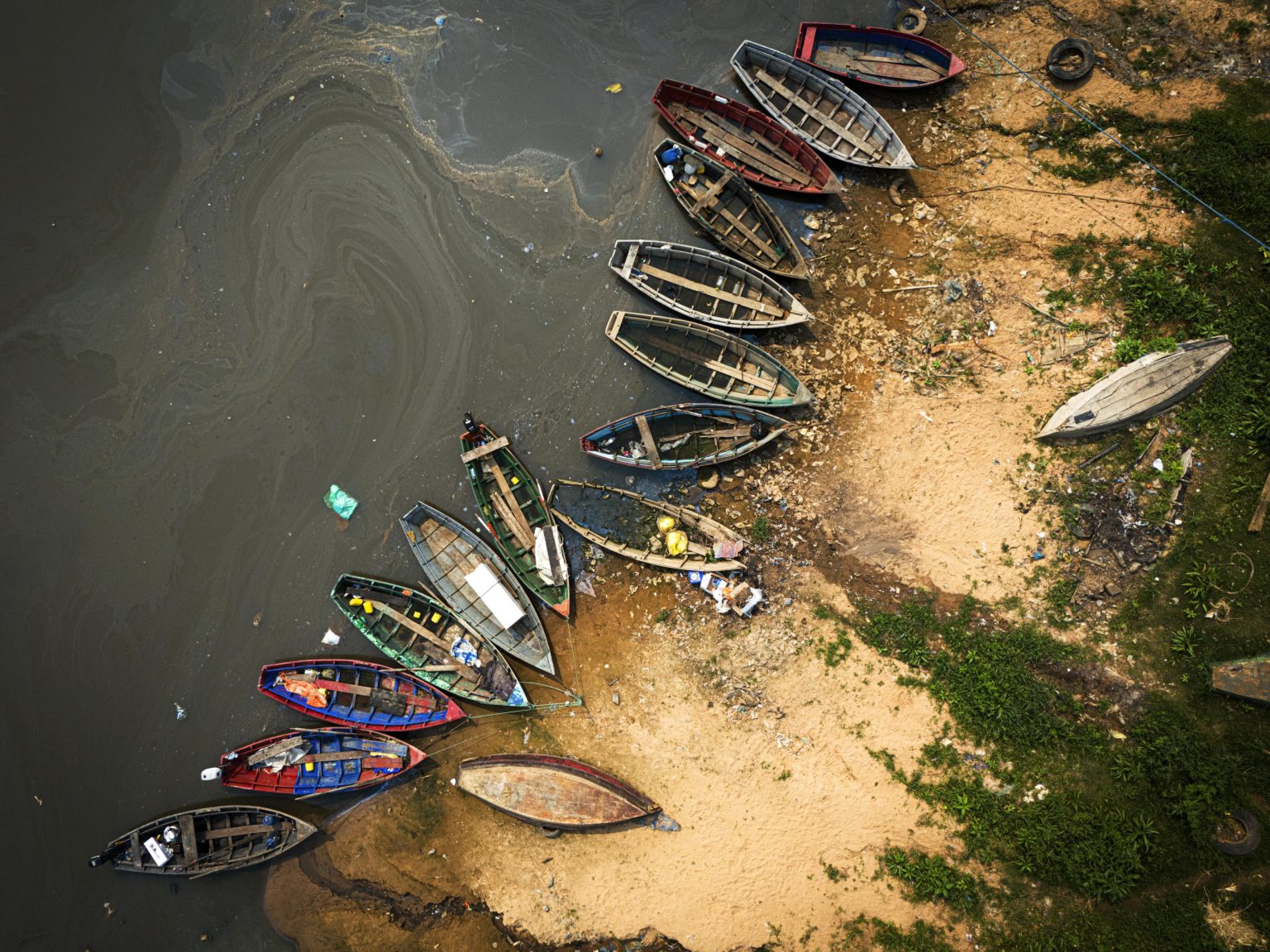The Paraguay River hit historically low water levels on Monday due to a severe drought in the Amazon rainforest. The water levels were the lowest they had been in over a century, with levels dipping 35 inches below the meter’s benchmark at the port of Asunción, the capital. Paraguay heavily relies on the river for moving 80% of its international commerce, including grains, corn, and soy. The decline in water levels has put 1,600 fishermen out of work, with many boats stranded on dry sandbanks. This situation has caused disruptions in neighboring countries, with over half the river’s shipping capacity halted or delayed and costly issues for Brazil and Bolivia.
Experts attribute the low water levels in the Paraguay River to various factors such as population growth, climate change, deforestation, weak governance, and inefficient irrigation practices. The region is also facing wildfires in forests along Paraguay’s northeast border with Brazil and in parts of Bolivia. The lack of rain and the warming climate intensifying cycles of flood and drought indicate a concerning trend. Industry officials foresee significant losses in the hundreds of millions with no quick recovery expected. The situation is a major concern for the entire region, with questions arising about whether this will become a new pattern going forward.
The head of Paraguay’s fishing union expressed concerns over the implications of the declining water levels, as the livelihoods of many fishermen are at risk. Dozens of boats were seen stranded on dry sandbanks, while cargo loading has been limited to avoid ships getting stuck in shallow sections. Paraguay’s main shipping association indicated that over half the river’s shipping capacity has been halted or delayed, causing issues for Brazil and Bolivia as well. Paraguay, which depends on the river for electricity, faces potential supply cuts due to the low water levels. The situation highlights the vulnerability of the region to climate-related events and the need for improved water management practices.
The Amazon and its tributaries, including the Madeira River, have also experienced record low water levels in recent days. This trend indicates that droughts are becoming more frequent and intense, with experts warning of the challenges associated with recovering from these extreme weather events. As rainfall becomes more erratic and the warming climate intensifies flood and drought cycles, the region is facing significant challenges in managing water resources. The impact of these events extends beyond Paraguay, with disruptions spreading to neighboring countries and causing economic and logistical challenges for key industries such as shipping and energy.
The severity of the drought in the Amazon rainforest and its impact on the Paraguay River underscore the need for comprehensive strategies to address climate change, deforestation, and water management. The situation in Paraguay highlights the interconnectedness of environmental issues and the importance of regional cooperation in responding to climate-related challenges. As populations grow, and the effects of climate change become more pronounced, the region will need to invest in sustainable practices and adaptive measures to mitigate the impact of extreme weather events. The low water levels in the Paraguay River serve as a stark reminder of the vulnerability of communities and industries to environmental changes and the urgent need for coordinated action to build resilience and protect livelihoods.








